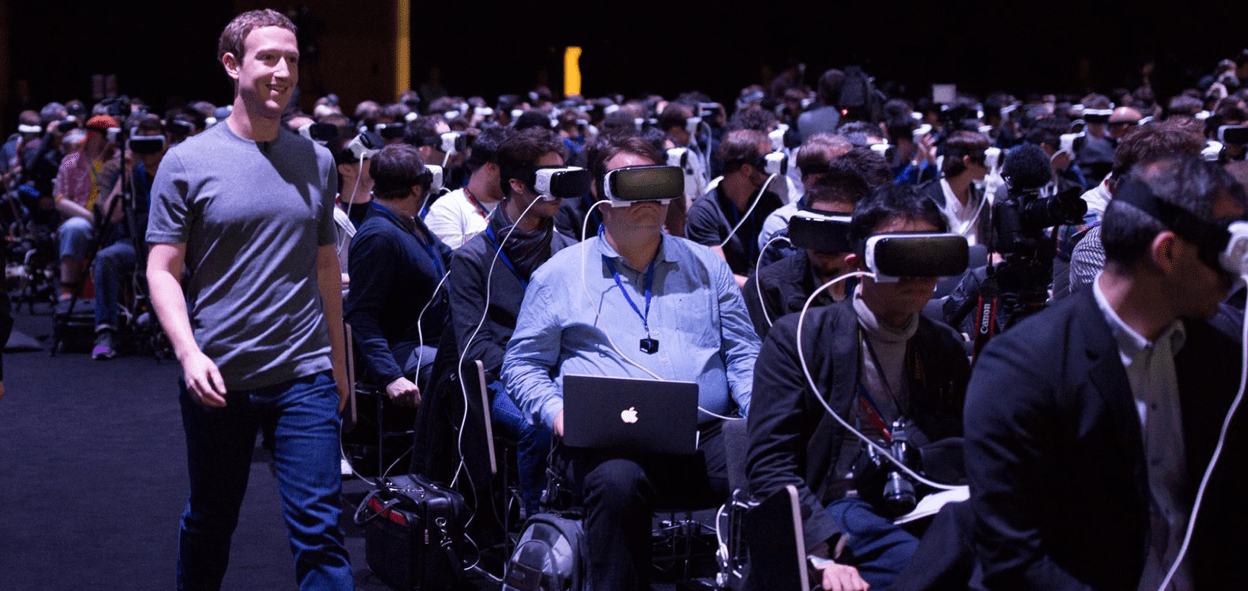
Stop focusing on the next big thing
There’s a great Twitter account that parodies dumb tech blog headlines. “Breaking: The Novelty Of Touchscreen Telephones Is Wearing Off.”
It’s a periodic reminder why we’re often better off ignoring industry news.
Still, there’s a natural tendency for product people to fetishize the future. We latch enthusiastically onto the latest trends, without really stepping back and asking why. AI, VR, AR, machine learning, conversational commerce – the design possibilities of these emerging trends are awesome, but our ambitions should extend beyond riding a wave of hype. It’s as if we all want to leap forward in time and grasp some secret advantage from the future; something that might help us get to the finish line ahead of the competition.
This short-term jostling is the root of the “Next Big Thing-ism” that dominates most industry conversation. FOMO, not focus, is the motivating force behind large parts of what you see at CES or on Product Hunt. Many of these products are searching for a quick exit of some sort; in most cases, public opinion duly obliges by showing them the door.
There is a humbler, more considered approach, though. It involves thinking about building products as an opportunity to gradually steer us towards a future that’s still unwritten. To have some small influence over the direction of technology. Or maybe even kick some stones in its path.
There’s no inevitable endpoint in design, no predefined linear story of what must come next. There’s only what little you can input – your own sense of what could come next. You’re designing the rudder, not the boat – and certainly not the ocean.
This is the main difference between the frothy, business-obsessed pursuit of the next big thing, and the honest problem solving that creates real progress in the first place. All these things we make, they’re just hypotheses, not predictors.
As Brian Eno says, we’re not designing the future; we’re making things that belong to the future we would like to live in.






